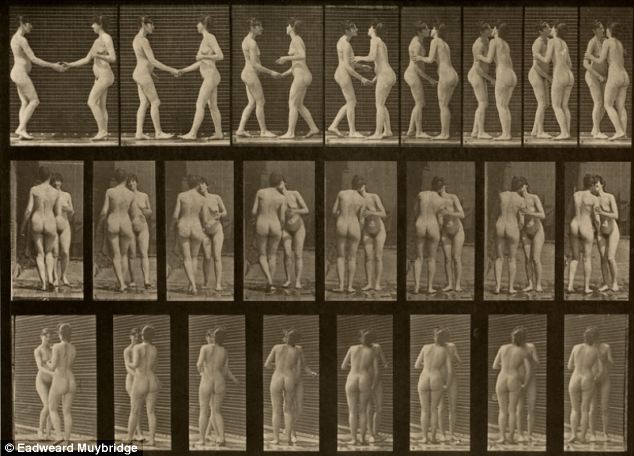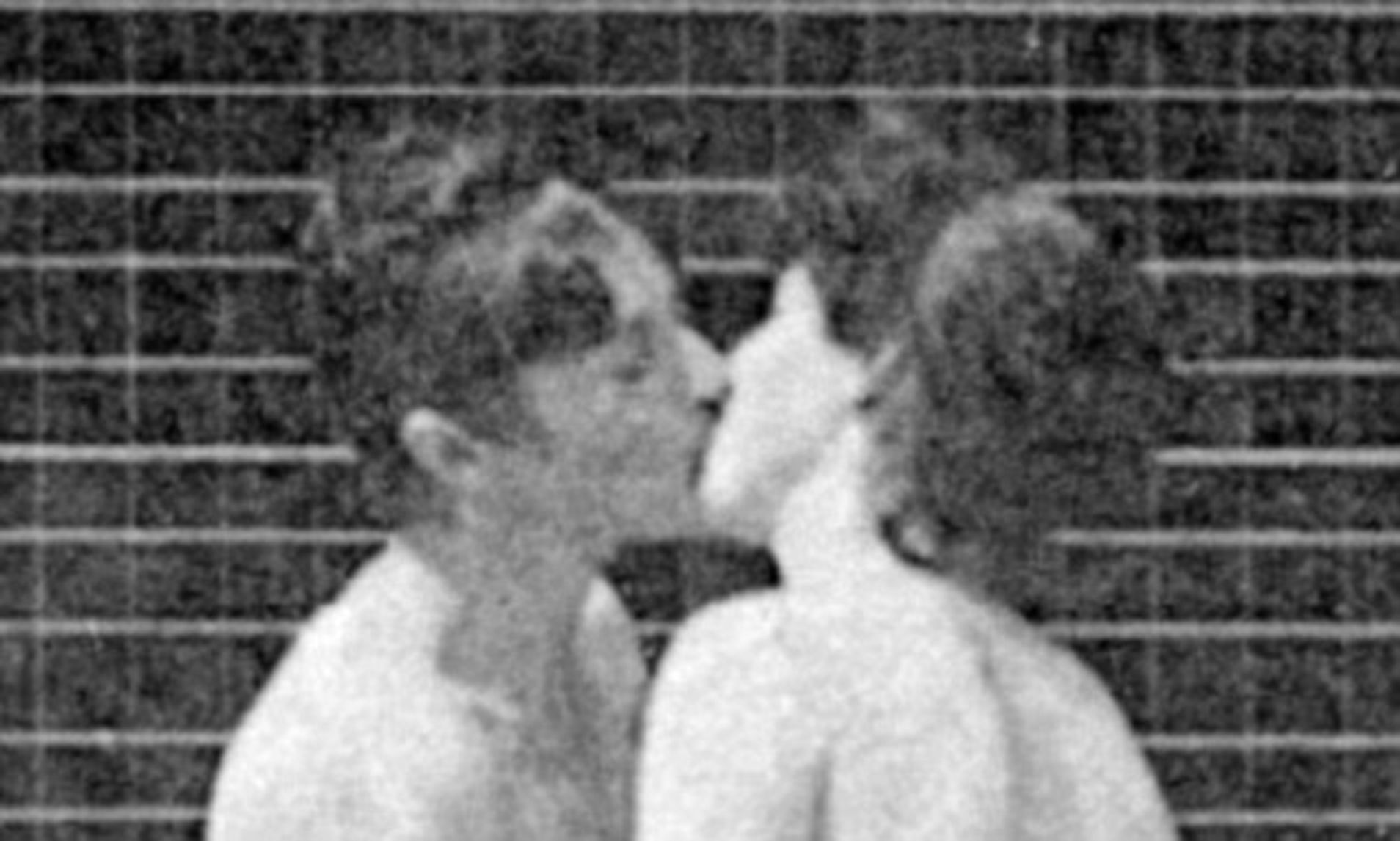Chantal Akerman’s Jeanne Dielman, 23 quai du Commerce, 1080 Bruxelles is a three-and-a-half hour film in which nothing happens. That, in any case, will be the description offered by many who will view it for the first time in the coming months. Their curiosity will have been piqued by its triumph in the just-released results of Sight and Sound magazine’s critics poll to determine the greatest films of all time. Conducted just once per decade since 1952, it has only seen two other top-spot upsets in that time: when Citizen Kane displaced Bicycle Thieves in 1962, and when Vertigo displaced Citizen Kane half a century later.
The top ten on this year’s Sight and Sound critics poll is as follows:
- Jeanne Dielman 23, quai du Commerce, 1080 Bruxelles (Chantal Akerman, 1975)
- Vertigo (Alfred Hitchcock, 1958)
- Citizen Kane (Orson Welles, 1941)
- Tokyo Story (Yasujirō Ozu, 1953)
- In the Mood for Love (Wong Kar Wai, 2000)
- 2001: A Space Odyssey (Stanley Kubrick, 1968)
- Beau travail (Claire Denis, 1998)
- Mulholland Dr. (David Lynch, 2001)
- Man with a Movie Camera (Dziga Vertov, 1929)
- Singin’ in the Rain (Gene Kelly and Stanley Donen, 1952)
Since 1992, the magazine has also run a separate poll that collects the votes of not critics but film directors, which this year placed 2001 at number one. Its top ten also includes such selections as Federico Fellini’s 8½, Andrei Tarkovsky’s Mirror, and Abbas Kiarostami’s Close-Up.
The directors ranked Jeanne Dielman at a respectable number four, tied with Tokyo Story. “On the side of content, the film charts the breakdown of a bourgeois Belgian housewife, mother and part-time prostitute over the course of three days,” writes film theorist Laura Mulvey on Sight and Sound’s page for the film.
“On the side of form, it rigorously records her domestic routine in extended time and from a fixed camera position.” As you may already imagine, these elements — as well as the fact that the title character is played by no less grand a movie star than Delphine Seyrig — make for a singular viewing experience.
That title isn’t without a certain irony, given how much of the film Akerman devotes to straightforward depictions of a middle-aged woman performing household chores — taking us far indeed from the domain of, say, Jerry Bruckheimer. “Shot in static, long takes, the film’s pace and tone may first seem slow or dull,” writes Adam Cook in the IndieWire video essay “Chantal Akerman’s Jeanne Dielman Is a True Action Movie,” but “in observing these household tasks free of periphery, they take on a dramaturgy of their own.” Only with time and repetition do “the nuances in Delphine Seyrig’s expressions convey vastly different connotations” and “the smallest details take on narrative power and significance.”
“Her life is organized to allow no gaps in the day,” Akerman told a television chat-show audience in 1975, when Jeanne Dielman had just come out. But “her very structured universe starts to unravel,” and “her subconscious expresses itself through a series of little slip-ups.” In a 2009 interview for the Criterion Collection, Akerman drew connections between her character’s regimentation and the strict Jewish rituals she herself observed in childhood: “Knowing every moment of every day, what she must do the next moment, brings a sort of peace.” When the routine is disrupted, “a suspense builds, because I think that deep down, we know that something’s going to happen.” On this emotional level, Jeanne Dielman is more conventional than it may seem. And to those who can immerse themselves in it, it feels like the only film in which anything does happen.
See the Sight and Sound poll results here.
Related content:
100 Overlooked Films Directed by Women: See Selections from Sight & Sound Magazine’s New List
103 Essential Films By Female Filmmakers: Clueless, Lost in Translation, Ishtar and More
The Ten Greatest Films of All Time According to 358 Filmmakers
The Ten Greatest Films of All Time According to 846 Film Critics
The Best 100 Movies of the 21st Century (So Far) Named by 177 Film Critics
The Top 100 American Films of All Time, According to 62 International Film Critics
Based in Seoul, Colin Marshall writes and broadcasts on cities, language, and culture. His projects include the Substack newsletter Books on Cities, the book The Stateless City: a Walk through 21st-Century Los Angeles and the video series The City in Cinema. Follow him on Twitter at @colinmarshall or on Facebook.



